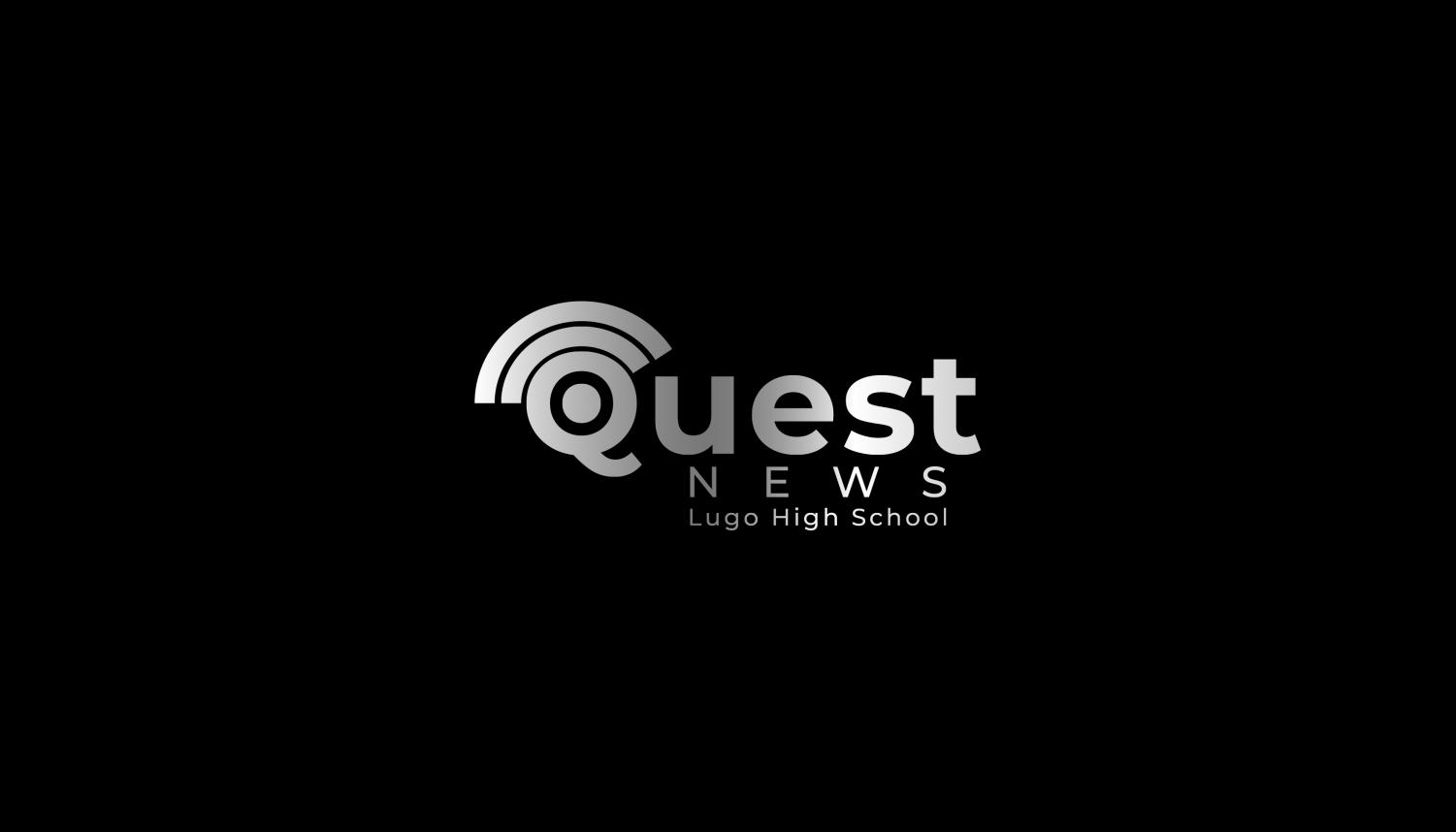Scientists judge a book through its cover
Drawing Courtesy of Camille Encarnacion
Scientists have recently found a way to scan through old books and documents without having to unfold or open them. Using terahertz radiation, the pages of these fragile documents will not have to be destroyed. Laura Waller, an associate professor of electrical engineering and computer science at University of California in Berkeley shares, “This work is one of the first to use these new tools along with advances in computational imaging to get at pictures of things we could never see with optical technologies, now we can judge a book through its cover!”
September 20, 2016
Research scientists, for the past few months, have been designing a system with the capability to read through a closed book at about nine pages deep. The team consists of Barmak Heshmat, a research scientist at MIT; Ramesh Raskar, an associate professor of media arts and sciences; Albert Redo Sanchez, a research specialist in the Camera Culture group at the Media Lab; along with Justin Romberg and Alireza Aghasi of Georgia Tech. In a video regarding the study, Heshmat shared, “I was really curious, I wanted to know how deep you can actually read through a closed book, because nobody has tried that.”
The system uses terahertz radiation, electromagnetic radiation found between microwaves and infrared light, which holds a certain frequency that allows it to distinguish between ink and blank paper. It enters into the air gaps between pages, which then spots the difference between one page and the next; the system then sees the ink, and distinguishes the letters through an algorithm. It is currently being improved in the hopes that antique books can be thoroughly examined without causing any possible damages, as well as ancient documents that are much too fragile for handling.
The team split into groups to conduct the research, and later combined the data. MIT researchers developed the algorithms that acquire images from individual sheets in stacks of paper, while the Georgia Tech researchers developed the algorithm that interprets the distorted and incomplete images or letters. Laura Waller, an associate professor of electrical engineering and computer science at University of California in Berkeley shares, “This work is one of the first to use these new tools along with advances in computational imaging to get at pictures of things we could never see with optical technologies, now we can judge a book through its cover!”
Perhaps through further research, students will soon be able to use this system to thoroughly study old literature and develop a better understading in their studies.
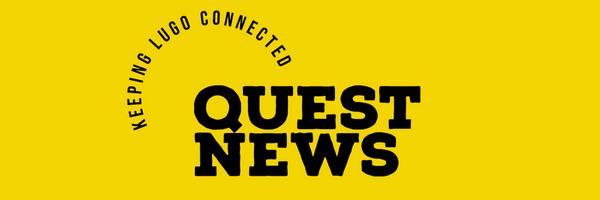
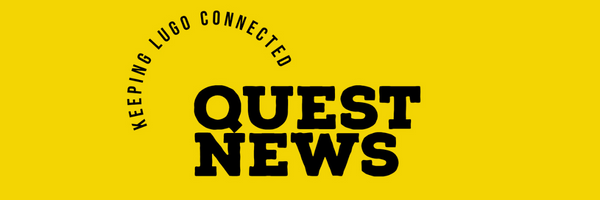
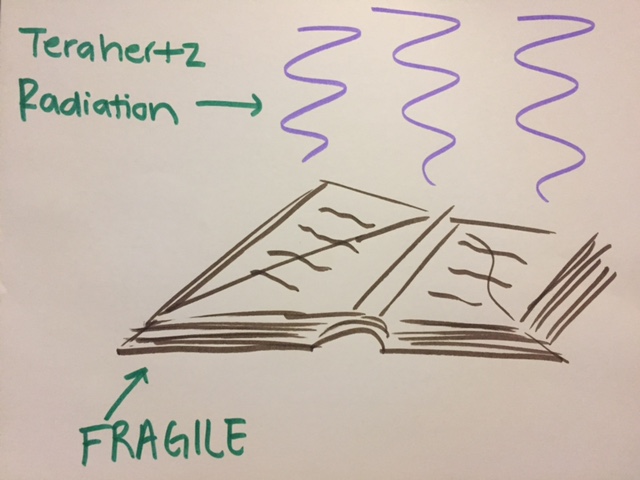


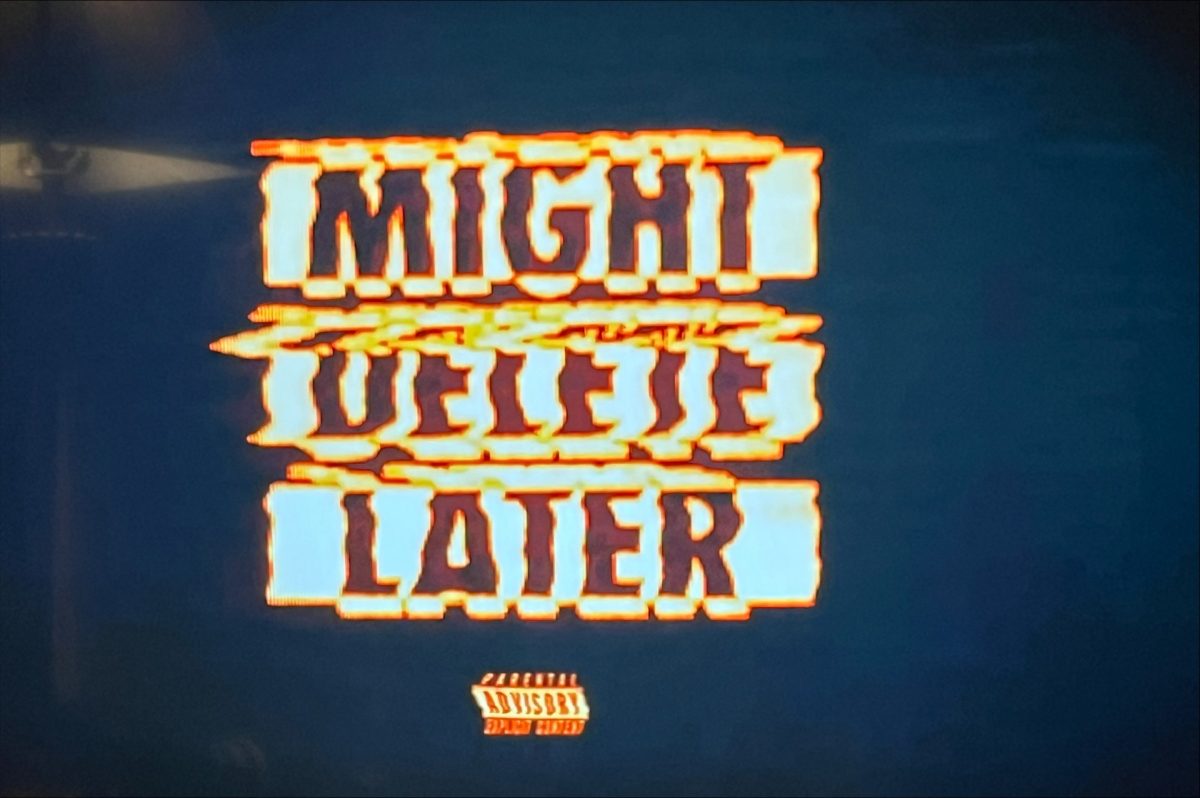
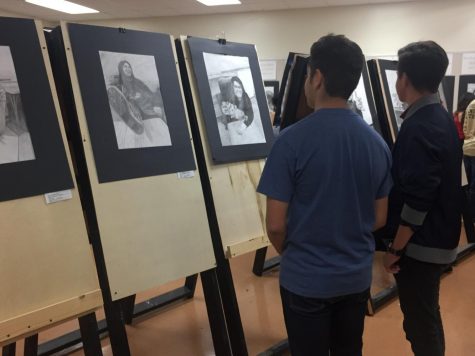


![The U.S. Army is funding research for a nasal spray that may possibly prevent suicide. Dr. Michael Kubek from the Indiana Medical Institute and his team have found that TRH can be released into the human brain more effectively through a spray, in comparison to injections or pills. Dr. Ken Duckworth, medical director for the National Alliance on Mental Illness, shares, the phase directly after starting an antidepressant is a very vulnerable time frame in a patients life; the nasal spray would stabilize them right away, while they wait for the [antidepressants] to do their job.](https://dalquestnews.org/wp-content/uploads/2017/01/Action_photo_of_nasal_spray_on_a_black_background-316x475.jpg)

